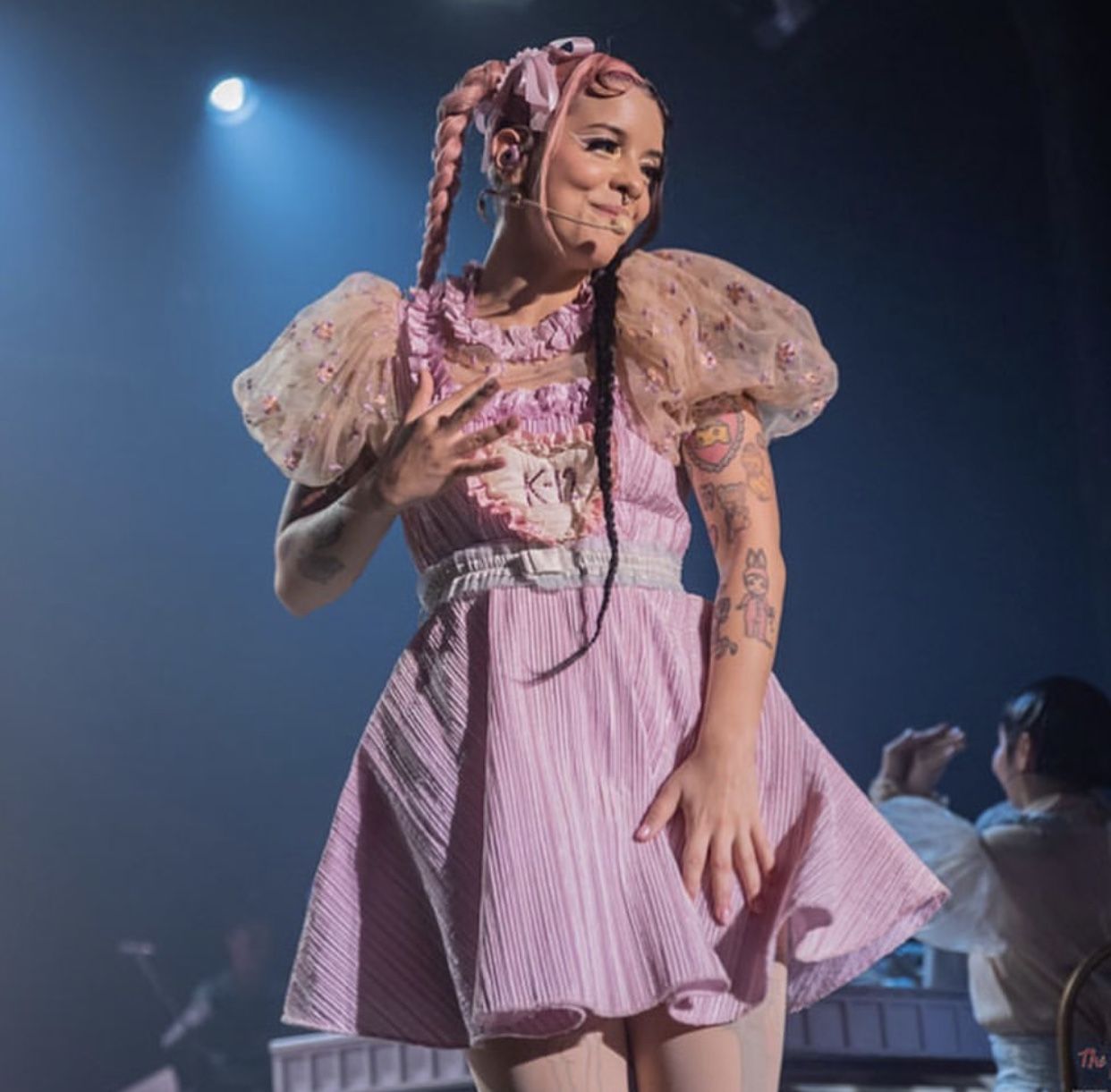Immerse yourself in the world of Georgian era fashion, where elegance, refinement, and social hierarchy intertwined. From the tailored suits and elaborate gowns to the intricate accessories, discover how fashion played a pivotal role in defining status and shaping the aesthetics of the time.
During the Georgian era, fashion became a powerful tool for self-expression and social differentiation. The clothing worn by men, women, and children reflected their place in society, with distinct styles and materials denoting wealth, rank, and occupation.
Fashion in the Georgian Era
Georgian era fashion, which spanned from the early 18th century to the early 19th century, was characterized by elegance, extravagance, and a focus on symmetry and proportion. It was a time of great social and economic change, and fashion reflected the shifting tastes and aspirations of the upper classes.
Characteristics of Georgian Era Fashion for Men
- Tailored coats and waistcoats made from fine fabrics such as silk, velvet, and wool
- Knee breeches, often made from the same fabric as the coat
- White linen shirts with lace cuffs and jabots
- Stockings made from silk or cotton
- Buckled shoes
Characteristics of Georgian Era Fashion for Women
- Gowns with low necklines and full skirts
- Petticoats to add volume to the skirts
- Stays to support the bodice
- Shawls and cloaks for warmth
- Bonnets and hats for sun protection
Influence of the French Revolution on Georgian Fashion
The French Revolution had a profound impact on Georgian fashion, leading to a shift towards simpler, more natural styles. Women began to wear looser, more comfortable gowns, and men abandoned the elaborate wigs and waistcoats that had been popular in the earlier part of the century.
Role of Fashion in Defining Social Status During the Georgian Era
Fashion played a crucial role in defining social status during the Georgian era. The wealthy upper classes could afford to wear the latest fashions, while the lower classes had to make do with more modest clothing. Fashion was also used to distinguish between different professions and occupations.
Materials and Textiles
Common Fabrics Used in Georgian Era Fashion
- Silk
- Velvet
- Wool
- Cotton
- Linen
Uses of Different Fabrics
Different fabrics were used to create different looks and styles. Silk was used for luxurious gowns and waistcoats, while wool was used for warmer clothing such as coats and breeches. Cotton and linen were used for everyday wear, such as shirts and petticoats.
Textile Creation and Dyeing
Textiles were created using a variety of methods, including weaving, knitting, and embroidery. Dyes were used to add color to the fabrics, and the most popular colors were blue, red, and yellow.
Clothing Styles: Georgian Era Fashion
| Type of Clothing | Men | Women | Children |
|---|---|---|---|
| Formal wear | Tailored coats, waistcoats, and knee breeches | Gowns with low necklines and full skirts | Smaller versions of adult clothing |
| Everyday wear | Shirts, waistcoats, and breeches | Petticoats, gowns, and shawls | Simple frocks and breeches |
| Outerwear | Cloaks and greatcoats | Cloaks and shawls | Smaller versions of adult outerwear |
Evolution of Clothing Styles
Clothing styles evolved over the course of the Georgian era, becoming simpler and more natural towards the end of the century. Women’s gowns became less elaborate, and men’s coats and waistcoats became more tailored.
Accessories and Adornments
Accessories and adornments played an important role in Georgian fashion. Women wore jewelry, fans, and gloves, while men wore swords, canes, and pocket watches.
Fashion Icons and Influencers

Notable Fashion Icons
- Marie Antoinette
- Beau Brummell
- Lady Hamilton
Role of Fashion Icons
Fashion icons played a key role in shaping the fashion trends of the Georgian era. They were often depicted in portraits and engravings, and their styles were widely imitated.
Role of Fashion Magazines
Fashion magazines also played a role in promoting Georgian era fashion. Magazines such as “The Lady’s Magazine” and “The Gentleman’s Magazine” featured articles on the latest fashion trends.
In the vibrant tapestry of global fashion, Chinese street fashion has emerged as a vibrant and influential force. From the bustling streets of Beijing to the trendy neighborhoods of Shanghai, Chinese designers are showcasing their unique vision and pushing the boundaries of style.
Legacy and Impact
Lasting Impact of Georgian Era Fashion
Georgian era fashion had a lasting impact on subsequent fashion trends. The emphasis on symmetry and proportion, as well as the use of luxurious fabrics, can still be seen in fashion today.
Reinterpretation by Contemporary Designers, Georgian era fashion
Contemporary designers often reinterpret Georgian era fashion in their own collections. Designers such as Vivienne Westwood and John Galliano have been known to draw inspiration from the Georgian era.
Preservation and Showcasing
Museums and historical reenactments play an important role in preserving and showcasing Georgian era fashion. Museums such as the Victoria and Albert Museum in London have extensive collections of Georgian era clothing, while historical reenactments provide a glimpse into the fashion of the time.
The vibrant streets of China are a melting pot of fashion influences, showcasing a unique blend of traditional and modern styles. Chinese street fashion has gained global recognition for its eclectic mix of colors, textures, and bold designs, reflecting the country’s rich cultural heritage and artistic expression.
Concluding Remarks
The legacy of Georgian era fashion continues to resonate in contemporary design, inspiring modern interpretations and influencing trends. Museums and historical reenactments play a vital role in preserving and showcasing the exquisite craftsmanship and timeless elegance of this era.


